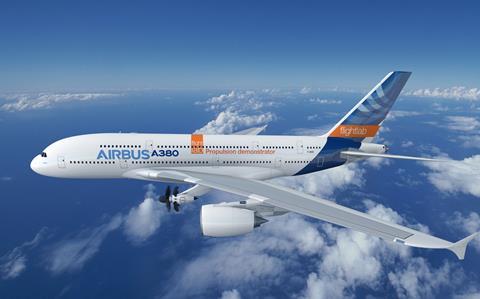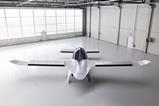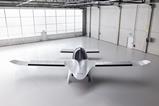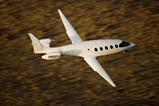Safran and CFM International look set to benefit from the first round of Clean Aviation’s second phase, which proposes to fund the flight demonstration of an open-rotor engine.
Due to be issued in February 2025, the next call for proposals will see a total of €380 million ($400 million) allocated by the EU body, a figure that will be more than matched by industry.

Topics in the third call – phase one comprised two earlier calls – include the “flight-test demonstration of an unducted engine architecture”.
A Safran Aircraft Engines-led consortium has received €100 million in Clean Aviation’s first phase, funding a project called OFELIA – or open fan for environmental low impact of aviation.
Running until 31 December next year, OFELIA “aims to demonstrate at [technology readiness level] TRL5” the open-fan architecture being developed through the CFM RISE demonstrator programme.
This will see a “a large-scale open fan engine ground-test campaign” performed, which will “deliver flight-worthy propulsive system definition and prepare an in-flight demonstration” for Clean Aviation’s second phase.
Other members of the OFELIA consortium include multiple European subsidiaries of GE Aerospace – Safran’s partner in the CFM joint venture – and Airbus, which previously agreed to flight-test the RISE engine aboard an A380 testbed.
Another topic earmarked for funding in the same short-medium-range (SMR) stream is a ground-test demonstration and preparation of flight test for an ultra-high-bypass ratio ducted geared turbofan engine.
Two projects centred on geared turbofan architectures were allocated funding in Clean Aviation’s first phase: a Rolls-Royce-led consortium is examining the potential to scale down its UltraFan concept, and MTU Aero Engines and its partners are developing hybrid-electric and water-enhanced turbofan technology.
In the regional workstream, Clean Aviation will fund the flight-test demonstration of hybrid-electric propulsion, plus a separate ground demonstration of a similar system that also includes pylon and nacelle integration and modification.
Rolls-Royce and GE Avio are both leading phase-one projects into hybrid-electric powertrains for regional applications.
In all, €145 million will go to projects in the regional space, €205 million for SMR aircraft and €15 million for “fast-track” topics, with a further €15 million allocated to aircraft concept and integration impact studies.
Fast-track areas in the third call include: the design and integration of a high-performance battery; crashworthiness of fuselage-integrated liquid hydrogen storage systems; and “advanced concepts for reliable power electronics conversion and distribution”.
Qualifying projects will be selected later in 2025, leading to their official start late that year or in early 2026.
Two further calls – in March 2026 and 2027 – are planned in the second phase, seeing a total budget of €910 million spread across the three calls. Clean Aviation will provide €1.7 billion over the two phases, with industry investing €2.4 billion.
The programme is designed to support technologies for service entry in 2035, in-line with the major airframers’ timelines for their next generation of aircraft.































